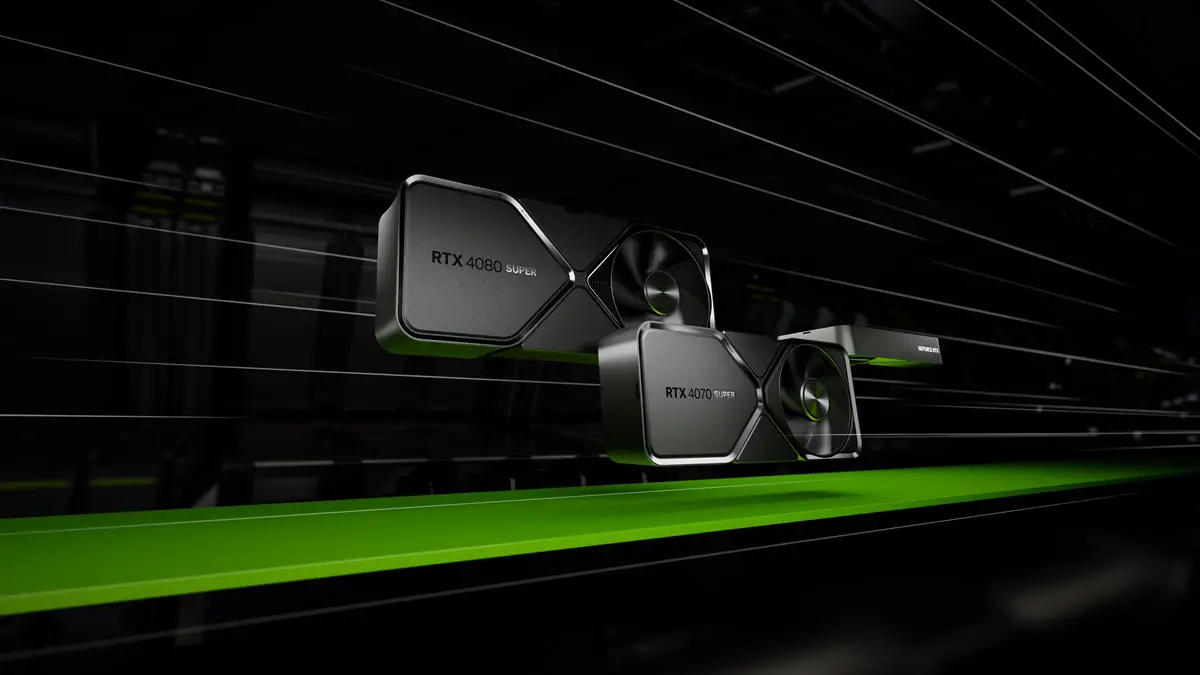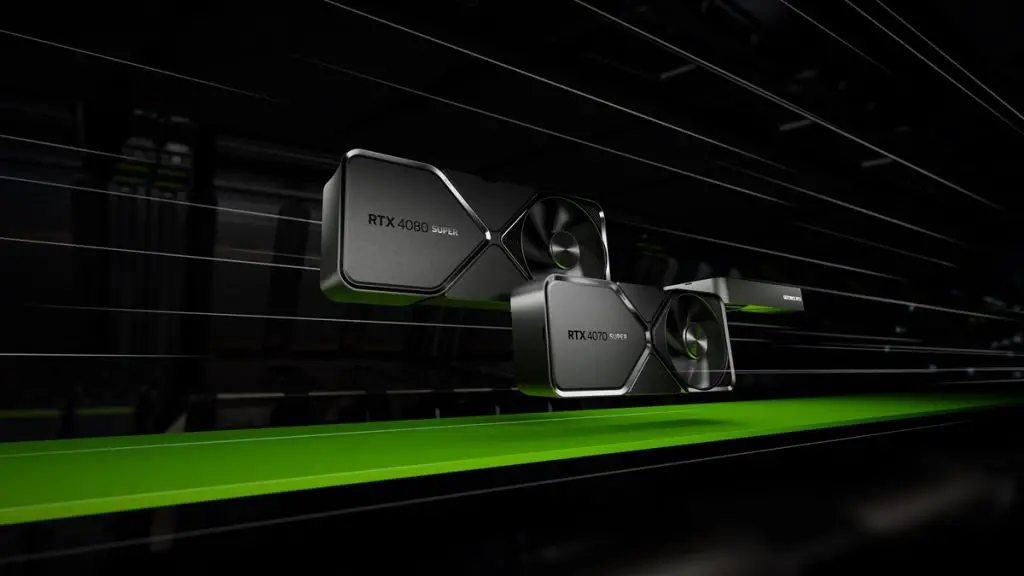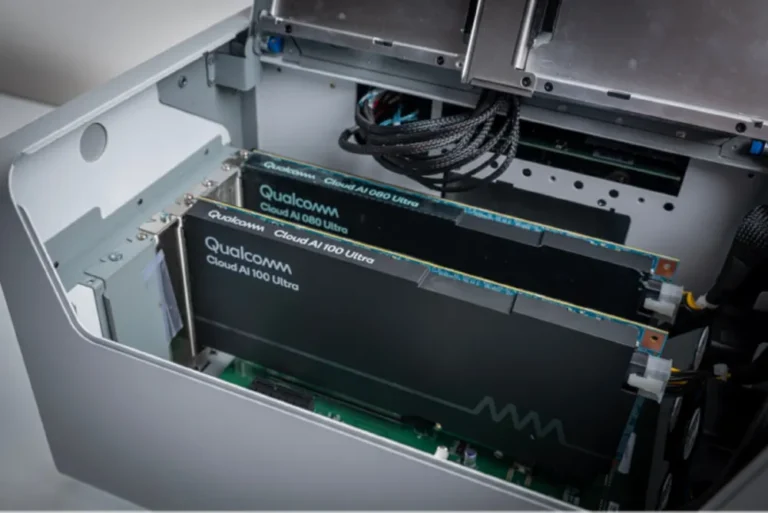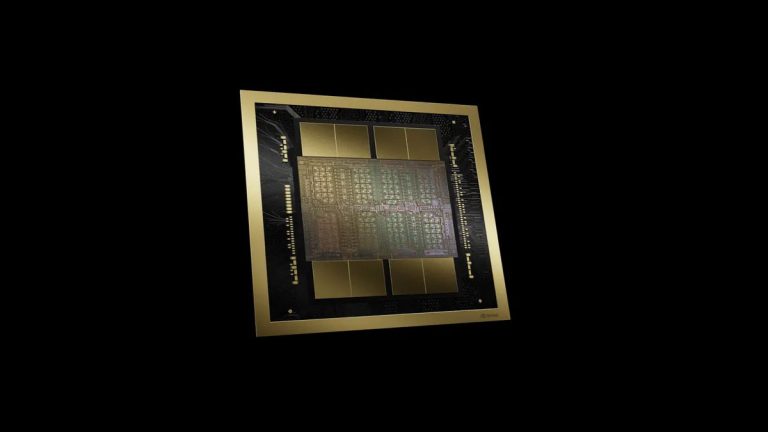
In recent years, each new generation of graphics cards has increasingly raised the power supply requirements for PCs, prompting gamers to invest in higher wattage power supplies when building new rigs. To provide gamers with a clearer understanding, SeaSonic has offered a power calculator on its official website, enabling users to select an appropriate power supply based on their configuration. This year, NVIDIA is set to release its next-generation gaming graphics cards, the GeForce RTX 50 series, based on the Blackwell architecture.
Recently, netizens discovered that SeaSonic has updated the power calculator on its official website, listing the yet-to-be-released GeForce RTX 50 series graphics cards. Although the TDP values of the cards are not directly listed during the selection process, users can download the calculations in text format, which includes the corresponding information.

According to the data provided by SeaSonic, the TDP of the GeForce RTX 50 series graphics cards is as follows:
- GeForce RTX 5090 – 500W, an increase of 50W over the RTX 4090, representing an 11% rise
- GeForce RTX 5080 – 350W, 30W higher than the RTX 4080, an increase of 9.3%
- GeForce RTX 5070 – 220W, 20W higher than the RTX 4070, a 10% increase
- GeForce RTX 5060 – 170W, 10W higher than the RTX 4060 Ti, representing a 6.2% rise
- GeForce RTX 5050 – 100W, 15W lower than the RTX 4060, a decrease of 13%
It is understood that the entire GeForce RTX 50 series graphics cards will be equipped with a single 16-pin power connector, likely adopting the new 12V-2×6 design instead of the old 12VHPWR. However, some models with lower TDPs might only support 300W instead of 600W. The data provided by SeaSonic does not represent the final product, as these TDP values may be preliminary.
The GeForce RTX 50 series features the GB20x series chips, with several GPU specifications previously leaked:
- GB202 – 12×8, 192 SM units / 24,576 CUDA cores, 512-bit, GDDR7, 33% more CUDA cores than AD102
- GB203 – 7×6, 84 SM units / 10,752 CUDA cores, 256-bit, GDDR7, 5% more CUDA cores than AD103
- GB205 – 5×5, 50 SM units / 6,400 CUDA cores, 192-bit, GDDR7, 16.6% fewer CUDA cores than AD104
- GB206 – 3×6, 36 SM units / 4,608 CUDA cores, 128-bit, GDDR7, same number of CUDA cores as AD106
- GB207 – 2×5, 20 SM units / 2,560 CUDA cores, 128-bit, GDDR6, 16.6% fewer CUDA cores than AD107
The new products are manufactured using TSMC’s customized 4NP process, an improved version of the existing 4N process.


